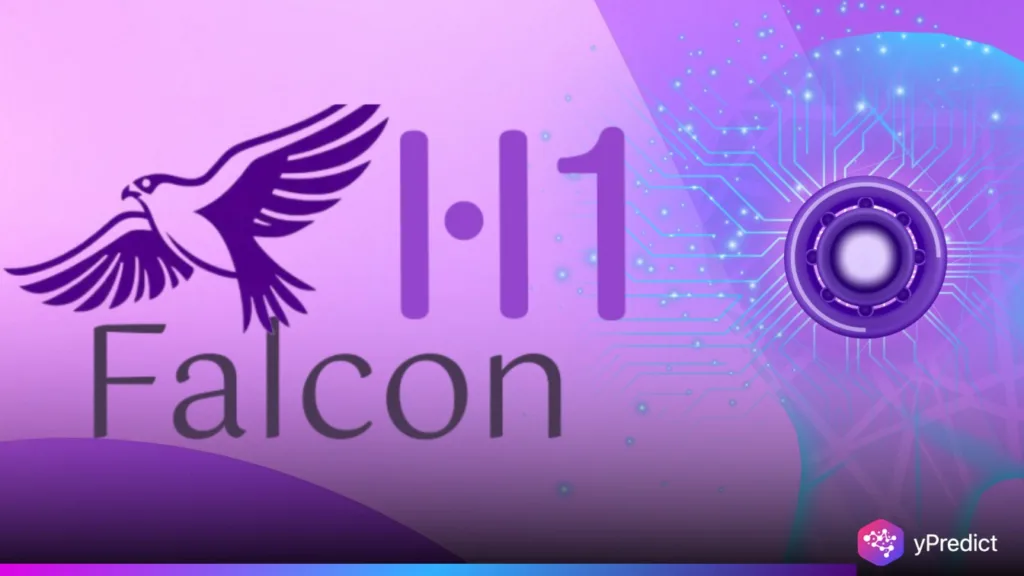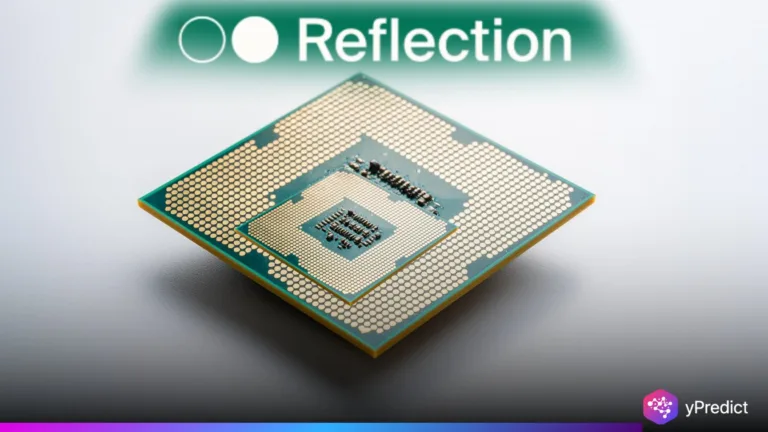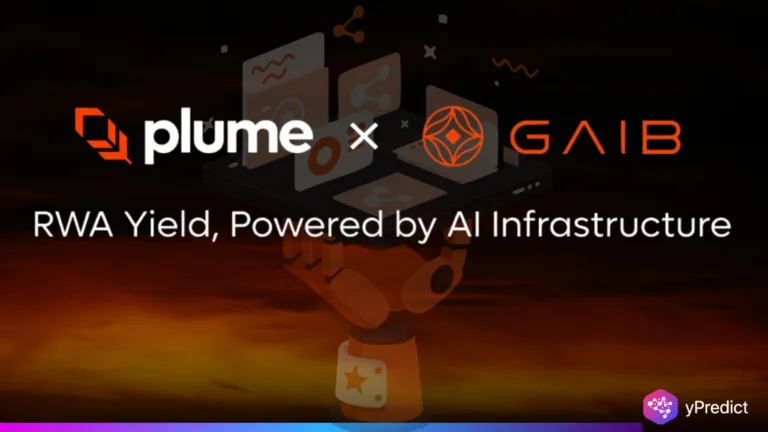
Falcon H1 Meets SGLang: A New Milestone in AI Inference
In a significant release for AI developers, the Falcon H1 model family is now integrated with SGLang. This is to execute on both local hardware and cloud infrastructure with high-performance inference. This combines Falcon H1’s hybrid design with prompt serving with SGLang to achieve faster, more efficient real-world production solutions.
Why This Matters for AI Developers
The Falcon H1 transformer architecture is based on its hybrid architecture. This combines the use of Transformer attention and State Space Models (SSMs) and provides long-context understanding and efficiency. Its support in SGLang means developers can take advantage of that architecture more easily. Without having to sweat heavy infrastructure tuning. This enables significantly lower latency, greater throughput and better resource consumption, whether run on-device or in the cloud.
Until now, deploying Falcon H1 at scale required significant engineering effort to adapt it to different serving stacks. With SGLang support, the model becomes more plug-and-play. Teams can move faster from prototype to production while preserving the advantages of Falcon H1’s design.
How the Integration Works
This allows SGLang to host and serve instances of Falcon H1 models directly. While handling optimisation, parallelism, and resource allocation invisibly. This guarantees stable performance from a model running on a high-end cloud GPU cluster or on a much more modest machine. You get the benefit of the hybrid design, but without having to hand-craft the inference pipelines.
Already, Falcon H1 has delivery channels via inference tools such as vLLM and HuggingFace Transformers. With SGLang in the mix, the journey to deployment is simplified and omnipresent.
Broader Context for Falcon H1
Released in early 2025 as a fresh branch in the Falcon series, Falcon H1 introduced new hybrid blocks mixing SSM and attention side-by-side. The family of models range in size (0.5B to 34B parameters) and can handle up to 256K tokens of context. This makes it ideal for long documents, multi-turn dialogue, and tasks involving reasoning.
Also, the Falcon H1 has been released by major infrastructure providers. For example, it is available via NVIDIA’s NIM microservices (SGLang can supplement or supplant an existing stack). SGLang support is the next logical step to further enhance deployment versatility.
Looking Ahead
With this integration, AI teams can confidently create applications. Be it chatbots, retrieval-augmented generation systems, or domain agents. Without stumbling over the hurdle of serving complexity. The combination of Falcon H1’s architectural innovations and SGLang’s highly optimised inference engine greatly reduces inconvenience for developers.
In brief, the announcements represent a significant step forward in democratizing access to best-in-class AI. Falcon H1 gets more coverage, and SGLang solidifies itself as a high-performance serving layer. For AI developers, it means fewer infrastructure barriers and more focus on innovation.






